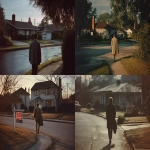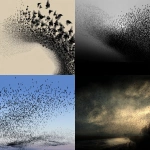Explore the Best AI Image Gallery
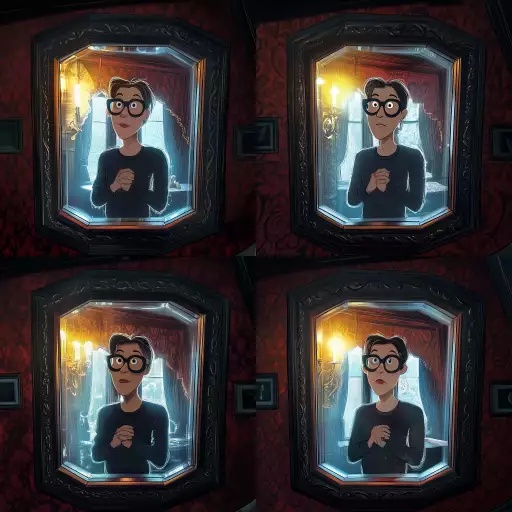
Beyond Pixels: 5G and the Future of Creative Expression
The creative landscape is constantly evolving, driven by technological advancements that push the boundaries of imagination. One such breakthrough is 5G, the fifth generation of wireless communication technology, poised to revolutionize how we create, consume, and interact with art and design.
With lightning-fast speeds, ultra-low latency, and massive network capacity, 5G is unlocking a new era of possibilities for creatives across various disciplines. From interactive installations to immersive storytelling experiences, the potential applications are vast and exciting.
A Symphony of Senses: Immersive Experiences
5Gs ability to handle real-time data transfer paves the way for truly immersive experiences that engage multiple senses. Imagine stepping into a virtual gallery where sculptures come to life with interactive elements, or attending a concert where 3D holographic projections interact with the live performance.
Artists can leverage augmented reality (AR) and virtual reality (VR) platforms powered by 5G to create captivating worlds that transcend physical limitations. Viewers can explore intricate details of artworks, walk through historical sites reconstructed in VR, or even participate in interactive narratives where their choices influence the outcome.
Breaking Down Barriers: Collaborative Creativity
5Gs high bandwidth and low latency facilitate seamless collaboration between creatives regardless of location. Artists, designers, musicians, and writers can work together in real-time on shared projects, brainstorming ideas, exchanging feedback, and refining creations instantly.
This opens up exciting opportunities for international collaborations, allowing diverse perspectives and talent to converge and contribute to groundbreaking projects. Imagine a global team of artists crafting a virtual reality experience, each contributing their unique skills and visions.
The Power of Data: Personalized Art
5Gs ability to collect and analyze vast amounts of data opens up new avenues for personalized art experiences. AI algorithms can learn from user preferences, behaviors, and interactions to generate customized artwork tailored to individual tastes.
Imagine an AI-powered art generator that creates a unique piece based on your musical selections, mood, or even your personality traits. This level of personalization can create truly engaging and meaningful artistic experiences.
Ethical Considerations: Navigating the Unknown
While 5G presents tremendous opportunities for creativity, it also raises important ethical considerations that require careful attention. Data privacy, algorithmic bias, and the potential for manipulation are just some of the challenges that need to be addressed.
Its crucial to ensure that 5G-powered creative tools are developed and used responsibly, with safeguards in place to protect user data and prevent misuse. Open dialogue and collaboration between technologists, artists, ethicists, and policymakers are essential for navigating these complex issues.
The Future Canvas: A World of Limitless Creativity
As 5G technology continues to evolve, we can expect even more groundbreaking applications in the creative industry. Imagine holographic fashion shows, interactive cityscapes that respond to user input, or AI-powered storytelling platforms that blur the lines between reality and fiction.
The future of creativity is boundless, fueled by the transformative power of 5G. By embracing innovation responsibly and fostering collaboration, we can unlock a world where art and technology intertwine to create truly inspiring experiences.


](https://images.ai-img.art/thumbnails/150/44b76c49c47b4c47f13eac7883c63827d3f89aa77fe64ce0cbecb9d3ce434499.webp)

















](https://images.ai-img.art/thumbnails/150/47d44e177f427ea6b32f96ea225db96c5158850a0cf01d1bad93e45dd4594430.webp)






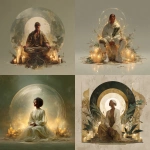
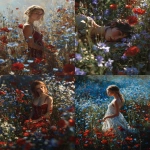
](https://images.ai-img.art/thumbnails/150/c2241c1eabdcb7b9a98be19a7e8d850b6cffe0e0c91c1ccda8dd807e2a96b187.webp)


](https://images.ai-img.art/thumbnails/150/09ccae5e68e2b6da6b5da87ef69f7eb09e80c99ca39ba886c5c3773cbb3b89ba.webp)







](https://images.ai-img.art/thumbnails/150/c48401bc3fad7ff7f2dbd37b894d3f53cb42d5072dfacb8bfdcdeeef28a29b04.webp)





